Home>Garden Essentials>What Is The Infill Material Used In Artificial Turf Fields
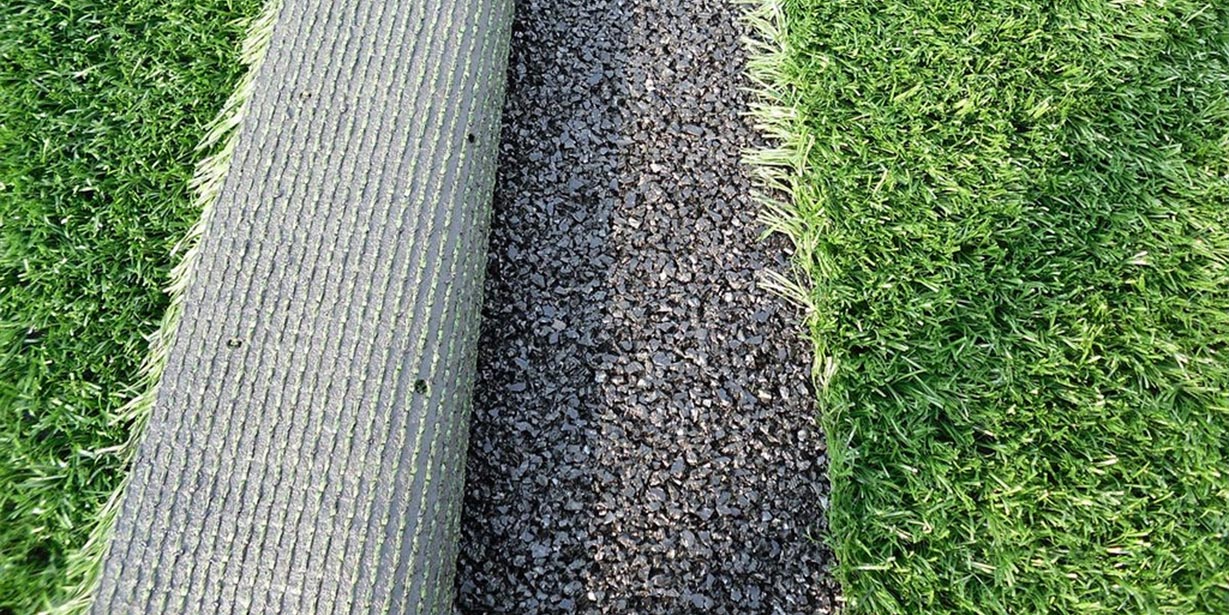

Garden Essentials
What Is The Infill Material Used In Artificial Turf Fields
Modified: March 7, 2024
Discover the optimal infill material used in artificial garden turf fields to enhance playability, durability, and maintenance. Choose the perfect solution for your landscaping needs.
(Many of the links in this article redirect to a specific reviewed product. Your purchase of these products through affiliate links helps to generate commission for Storables.com, at no extra cost. Learn more)
Introduction
Welcome to a world where lush green fields are not restricted to nature alone but can also be found in the form of artificial turf fields. Artificial turf fields have gained immense popularity in recent years due to their low maintenance requirements and ability to withstand heavy usage. These fields are widely used in sports arenas, schools, parks, and even residential landscapes. While the vibrant green color and realistic appearance of artificial turf may fool the eye, there is an important element that contributes to its functionality and durability – the infill material.
Infill material plays a crucial role in providing stability, cushioning, and natural playability to artificial turf fields. It is the material that fills the space between the individual synthetic grass blades, providing stability and support to the surface. In addition, it helps regulate temperature, reduce injuries, and improve the overall performance of the field.
In this article, we will explore the various types of infill materials used in artificial turf fields, their characteristics, advantages, and disadvantages, as well as important considerations for safety, health, and environmental impact.
So, if you have ever wondered what makes artificial turf fields feel and perform like real grass, let us delve into the fascinating world of infill materials and uncover the secrets behind their role in creating high-quality artificial turf fields.
Key Takeaways:
- The infill material used in artificial turf fields, like crumb rubber and silica sand, provides cushioning, stability, and safety for athletes. However, it’s important to consider potential health and environmental impacts when choosing the right infill material.
- Regular maintenance, proper irrigation, and selecting high-quality infill materials are essential for preserving the durability and performance of artificial turf fields. Safety, health, and environmental concerns should also be prioritized for a sustainable playing surface.
Overview of Artificial Turf Fields
Artificial turf fields, also known as synthetic turf or fake grass, are designed to replicate the look and feel of natural grass without the need for constant maintenance and watering. These fields are composed of synthetic fibers, often made of materials like polyethylene or polypropylene, which are tufted into a backing system to create a carpet-like surface.
The popularity of artificial turf fields stems from their ability to withstand heavy usage and provide a consistent playing surface throughout the year. Unlike natural grass, which requires regular watering, mowing, and fertilizing, artificial turf fields offer a low-maintenance alternative that can be used in various weather conditions.
Artificial turf fields are widely used in sports arenas, including football, soccer, baseball, and field hockey. They are also commonly found in schools, parks, and residential landscapes, offering a hassle-free alternative to maintaining a natural grass lawn.
With advancements in technology, the quality and performance of artificial turf fields have improved significantly over the years. Today, these fields can closely resemble the look and feel of natural grass, providing a safe and enjoyable playing experience for athletes of all ages and skill levels.
Now that we have a general understanding of what artificial turf fields are, let us delve into the important role that infill material plays in their construction and performance.
Importance of Infill Material
Infill material is a crucial component of artificial turf fields. Its main purpose is to provide stability, cushioning, and natural playability to the surface. Without infill material, the synthetic grass blades would lack support and the field would feel hard and unnatural.
One of the primary functions of infill material is to enhance the durability and longevity of the artificial turf field. It helps to keep the synthetic fibers upright, preventing them from matting or flattening over time. This ensures that the field maintains its aesthetic appeal and usability for years to come.
Infill material also contributes to the safety of the field by providing shock absorption. During athletic activities, players may fall or collide with the ground. The infill material helps to cushion these impacts, reducing the risk of injuries, such as abrasions or joint strain. It creates a forgiving surface that mimics the feel of natural grass and provides a softer landing for athletes.
Furthermore, infill material helps to regulate the temperature of the artificial turf field. Natural grass has the ability to release heat through evapotranspiration, keeping the surface cooler. Artificial turf, on the other hand, absorbs and retains heat. The incorporation of infill material with cooling properties, such as silica sand or rubber granules, can help dissipate heat and reduce the surface temperature, creating a more comfortable playing environment.
Infill material also enhances the playability and performance of the field. It provides traction and stability, allowing athletes to perform at their best. It helps to reduce the risk of slips and falls, enabling players to make quick cuts, change direction, and maintain balance on the field.
Lastly, infill material aids in the drainage of the field. Synthetic turf is designed with a permeable backing that allows water to pass through. The infill material helps to create open spaces for water to flow, preventing the field from becoming waterlogged and ensuring efficient drainage.
Overall, infill material is an integral part of artificial turf fields. It not only enhances the durability, safety, and playability of the surface but also contributes to the overall aesthetics and performance of the field. With a wide range of infill material options available, each with its own set of characteristics and benefits, selecting the right infill material is crucial to achieving the desired performance and longevity of the artificial turf field.
Types of Infill Materials Used
There are several types of infill materials used in artificial turf fields, each with its own unique characteristics and benefits. The choice of infill material depends on factors such as the intended use of the field, climate conditions, budget, and personal preference. Here are some common types of infill materials:
- Crumb Rubber: This type of infill material is made from recycled tires that have been crushed into small rubber granules. Crumb rubber provides excellent shock absorption and cushioning, making it popular for high-impact sports fields like football and soccer. It also helps to reduce player fatigue and minimize the risk of injuries. However, it is important to note that there have been debates and concerns regarding the potential health and environmental impacts of crumb rubber.
- Sand: Silica sand is a popular infill material choice due to its affordability and natural properties. It helps to maintain the stability and firmness of the artificial turf field. Sand does not retain heat like other infill materials, making it a good option for fields that are exposed to high temperatures. However, it may require more frequent maintenance to prevent compaction and ensure adequate drainage.
- Organic Materials: Some artificial turf fields use organic infill materials, such as cork or coconut fibers. These materials provide a natural play experience and are eco-friendly alternatives. They have good shock absorbency and can help regulate temperature. However, organic materials may require more frequent replacement and maintenance to prevent degradation.
- Thermoplastic Beads: Thermoplastic beads are small granules made from synthetic materials. They are lightweight and provide good shock absorption. Thermoplastic beads are often used in fields with lower foot traffic, such as residential landscapes or recreational areas.
- Alternatives: In recent years, there have been advancements in infill technology, leading to the introduction of various alternative infill materials. These include materials like TPE (Thermoplastic Elastomers), coated sand, and natural rubber. These alternatives aim to provide similar characteristics to traditional infill materials while addressing concerns related to health, safety, and the environment.
It is important to consult with a professional and consider various factors when selecting the right infill material for your artificial turf field. Each type of infill material has its own pros and cons, and the choice will depend on the specific needs and requirements of your project.
Characteristics of Infill Materials
When selecting an infill material for an artificial turf field, it is important to consider the specific characteristics of each material. These characteristics determine the performance, durability, and overall playability of the surface. Here are some key characteristics to consider:
- Shock Absorption: The ability of an infill material to absorb impact and provide cushioning is crucial for player safety. Materials like crumb rubber and organic infills have excellent shock absorption properties, while materials like sand and thermoplastic beads offer moderate shock absorbency.
- Traction: Traction is essential for stability and allows athletes to make quick cuts and changes in direction without slipping. Crumb rubber and sand infills provide good traction, while organic infills may have slightly lower traction. It is important to strike a balance between optimal traction and ease of movement.
- Heat Retention: Some infill materials, such as crumb rubber, have the potential to retain heat, especially in hot climates. This can lead to uncomfortable playing conditions. Silica sand is a popular choice for its ability to dissipate heat effectively. Alternatively, there are infill materials like coated sand or natural rubber which are designed to reduce heat retention.
- Durability: The durability of an infill material is crucial for maintaining the integrity and longevity of the artificial turf field. Materials like crumb rubber and sand are known for their durability, while organic infills may require more frequent replacement or maintenance due to natural degradation over time.
- Drainage: Proper drainage is essential to prevent water buildup on the surface. Most infill materials, including crumb rubber, sand, and organic infills, allow for efficient water drainage. However, it is important to regularly maintain and groom the field to prevent compaction and ensure adequate drainage.
- Maintenance: Infills vary in their maintenance requirements. Materials like crumb rubber and sand may require occasional grooming or replenishment to redistribute the infill and maintain proper field performance. Organic infills may require more frequent maintenance to prevent degradation. Understanding the maintenance needs of the chosen infill material is important for the long-term care of the artificial turf field.
The specific characteristics of an infill material will vary depending on the manufacturer and product specifications. It is recommended to consult with professionals or manufacturers to get detailed information about the characteristics of the infill material and how it aligns with the needs of your artificial turf field.
The most common infill materials used in artificial turf fields are crumb rubber, sand, and a mixture of both. Crumb rubber is made from recycled tires and provides cushioning and support, while sand helps to stabilize the turf and improve drainage.
Read more: What Is Zeolite Turf Infill
Advantages and Disadvantages of Various Infill Materials
Each type of infill material used in artificial turf fields has its own set of advantages and disadvantages. Understanding these pros and cons can help you make an informed decision when selecting the appropriate infill material for your specific needs. Here are the advantages and disadvantages of various infill materials:
- Crumb Rubber:
- Advantages: Crumb rubber provides excellent shock absorption, reducing the risk of injuries. It is durable, long-lasting, and can withstand heavy foot traffic. It is also an affordable option compared to other infill materials.
- Disadvantages: There have been concerns raised about the potential health and environmental impacts of crumb rubber. It can retain heat and may have a noticeable odor. Additionally, crumb rubber particles can migrate and become dispersed outside the field area.
- Sand:
- Advantages: Silica sand is a cost-effective option. It provides good stability, firmness, and traction. It has excellent drainage properties and does not retain heat like other infill materials.
- Disadvantages: Sand infill may require more frequent maintenance to prevent compaction and ensure proper drainage. It may also pose challenges during windy conditions as it can be easily blown away from the field.
- Organic Materials:
- Advantages: Organic infill materials, such as cork or coconut fibers, offer a natural playing experience. They are eco-friendly and biodegradable. They provide good shock absorption and temperature regulation.
- Disadvantages: Organic infills may require more frequent replacement and maintenance compared to other infill materials due to natural degradation. They may also be more expensive than other options.
- Thermoplastic Beads:
- Advantages: Thermoplastic beads are lightweight and provide good shock absorption. They are an affordable option and are suitable for fields with low foot traffic.
- Disadvantages: Thermoplastic beads may have lower durability compared to other infill materials. They may also have limited availability in certain regions.
- Alternatives:
- Advantages: Alternative infill materials aim to address concerns related to health, safety, and the environment. They can offer similar characteristics to traditional infill materials while providing additional benefits such as reduced heat retention or improved drainage.
- Disadvantages: The availability and cost of alternative infill materials may vary. It is important to conduct thorough research and consult with professionals to ensure the suitability of these materials for your specific field requirements.
It is important to carefully weigh the advantages and disadvantages of each infill material option and consider factors such as performance, durability, safety, health, environmental impact, and maintenance requirements. Consulting with experts in the field can provide valuable guidance in selecting the most appropriate infill material to meet your specific needs and preferences.
Environmental Considerations
When it comes to artificial turf fields and their infill materials, there are important environmental considerations to keep in mind. While artificial turf fields offer benefits such as reduced water usage and low maintenance compared to natural grass fields, there are certain environmental impacts that should be taken into account. Here are some key considerations:
- Resource Consumption: The production of artificial turf and its infill materials requires the extraction of natural resources, such as petroleum or minerals. This extraction process can have ecological consequences and contribute to carbon emissions.
- Waste Generation: Over time, infill materials can degrade or become contaminated, requiring replacement. This can result in the generation of waste materials that need to be properly disposed of or recycled to minimize environmental impact.
- Stormwater Management: Artificial turf fields, like any impervious surface, can affect stormwater management. Proper drainage systems and practices should be in place to ensure that runoff is effectively managed to prevent water pollution and flooding.
- Chemical Usage: Some infill materials may contain chemicals, such as colorants or coatings, which can potentially leach into the environment. It is essential to choose infill materials that are free from harmful chemicals to minimize environmental risks.
- Biodiversity and Habitat: Conversion of natural grass fields into artificial turf fields can impact local biodiversity and habitat. Areas that were once home to various plant and animal species may be lost or altered due to the change in land use. Efforts should be made to promote biodiversity and create ecological balance in and around artificial turf fields.
- End-of-Life Disposal: Artificial turf fields have a limited lifespan, typically around 8-12 years, after which they need to be replaced. Proper disposal and recycling of the old turf and infill materials are crucial to minimize waste and reduce the environmental impact.
It is important to consider these environmental factors and choose infill materials that are eco-friendly, recyclable, and have minimal ecological impact. In recent years, manufacturers have made efforts to develop sustainable and environmentally friendly infill materials, such as organic options or recycled materials. Consulting with experts and considering certifications, such as the Green Building Council’s Leadership in Energy and Environmental Design (LEED) certification, can help ensure that the chosen infill materials align with sustainable practices.
In summary, while artificial turf fields offer several environmental benefits, it is essential to be mindful of the potential ecological impacts associated with the production, maintenance, and disposal of artificial turf and its infill materials. By selecting eco-friendly options, implementing proper stormwater management, and promoting biodiversity, artificial turf fields can be more environmentally sustainable and contribute to a greener future.
Safety and Health Concerns
When it comes to artificial turf fields, ensuring the safety and well-being of athletes, users, and the surrounding community is of paramount importance. While artificial turf fields offer many benefits, there have been concerns raised about potential safety and health issues related to certain infill materials. Here are some key safety and health considerations:
- Surface Hardness: The hardness of the artificial turf surface can impact the risk of injuries. A surface that is too hard may increase the likelihood of player falls, strains, or impact injuries. Properly selected and maintained infill materials with appropriate shock absorption properties can help mitigate this risk.
- Heat Retention: Artificial turf fields can absorb and retain heat, leading to elevated surface temperatures. This can potentially cause discomfort and increase the risk of heat-related injuries, especially in hot climates. Choosing infill materials with lower heat retention properties or implementing cooling techniques can help alleviate this concern.
- Infill Material Safety: Some infill materials, such as crumb rubber made from recycled tires, have raised concerns about potential health hazards. Studies have examined the potential presence of heavy metals, volatile organic compounds (VOCs), and other substances in crumb rubber. It is important to consider the source and quality of infill materials and look for third-party certifications or testing to ensure they meet safety standards.
- Allergies and Irritants: Some individuals may experience allergies or skin irritation when coming into contact with certain infill materials. It is important to consider and address these concerns, especially for individuals who are more prone to allergies or skin sensitivities. Alternatives, such as organic infills, may be preferred for those with known sensitivities.
- Bacterial Growth: In high-moisture environments, infill materials can provide a breeding ground for bacteria. Regular maintenance and cleaning practices can help mitigate the risk of bacterial growth and maintain a hygienic playing surface.
- Dust and Air Quality: Some infill materials, particularly those made from crushed granules, may generate dust particles during play or maintenance activities. Inhalation of these particles can potentially impact air quality and respiratory health. Proper irrigation and maintenance practices can help minimize dust generation and maintain good air quality.
To address these safety and health concerns, it is essential to select infill materials that have been tested and meet safety standards. Consideration should be given to the specific needs of the project, such as player age, level of play, and climate conditions. Regular maintenance, proper cleaning practices, and regular monitoring of the playing surface can help ensure its safety and minimize health risks.
It is also important to stay informed about the latest research and industry guidelines regarding the safety and health aspects of artificial turf fields. Consulting with experts, such as field builders, manufacturers, or health professionals, can provide valuable insights and guidance in creating a safe and healthy playing environment.
By addressing safety and health concerns and implementing appropriate measures, artificial turf fields can provide a safe and enjoyable playing experience for athletes while mitigating potential risks and ensuring the well-being of users and the community.
Maintenance and Durability of Infill Material
Maintenance and durability play a crucial role in the performance and longevity of the infill material used in artificial turf fields. Proper maintenance practices can extend the lifespan of the infill material, ensure optimal field performance, and minimize the need for frequent replacement. Here are some key considerations regarding the maintenance and durability of infill material:
- Grooming and Regular Maintenance: Regular grooming is essential to keep the infill material evenly distributed and prevent compaction. This can be done using specialized grooming equipment to brush and lift the fibers. Grooming helps to maintain the resilience and playability of the field over time.
- Debris and Contamination: Regular removal of debris, such as leaves, twigs, and dirt, is necessary to prevent accumulation and potential blockage of drainage systems. Prompt removal of any spills or contaminants, such as oil or chemicals, is also important to prevent staining and maintain the quality of the infill material.
- Inspection and Repair: Periodic inspection of the field is crucial to identify any areas of wear or damage to the infill material. It allows for prompt repair or replacement of sections that may have worn out or been displaced. Timely repairs can prevent further deterioration and ensure a safe and uniform surface.
- Watering and Irrigation: Proper irrigation is important to maintain the performance of the infill material. It helps prevent the accumulation of dust and ensures good playing conditions. Watering schedules should be adjusted based on climatic conditions to prevent over-saturation or drying out of the infill material.
- Compaction and Replenishment: Over time, infill materials can become compacted due to foot traffic and weather impact. Regular raking or brushing can help alleviate compaction and restore the desired playability of the field. Infill replenishment may be required periodically to offset the loss of material and maintain optimal performance.
- Quality and Durability: The choice of durable and high-quality infill material is crucial for long-term performance. It is important to select infill materials that are designed to withstand heavy use and retain their properties over time. Investing in good quality infill materials can minimize the need for frequent replacement and provide a more cost-effective solution in the long run.
Proper maintenance practices should be implemented in accordance with the manufacturer’s guidelines and recommendations. Consulting with professionals or experienced field managers can provide valuable guidance on the specific requirements of the infill material used in your artificial turf field.
By adhering to regular maintenance schedules and ensuring proper care of the infill material, the durability and performance of the artificial turf field can be preserved. This not only enhances the playing experience but also extends the lifespan of the field, making it a worthwhile investment for years to come.
Read more: What Does An Astro Turf Football Field Cost
Conclusion
Artificial turf fields have revolutionized the way we enjoy outdoor spaces. With their low maintenance requirements, durability, and versatility, they have become popular choices for sports arenas, schools, parks, and residential landscapes. However, the key to their functionality and performance lies in the infill material used.
Infill material plays a vital role in providing stability, cushioning, and a natural play experience to artificial turf fields. It helps to maintain the upright position of the synthetic grass blades, offers shock absorption to reduce the risk of injuries, regulates temperature, improves traction, and assists with drainage. The choice of infill material depends on various factors, including field usage, climate conditions, budget, and environmental concerns.
When selecting infill materials, it is important to consider their characteristics, advantages, and disadvantages. Materials like crumb rubber offer excellent shock absorption and durability but raise concerns about potential health and environmental impacts. Silica sand, on the other hand, provides good stability and drainage while being more affordable. Organic infills are eco-friendly but may require more frequent maintenance.
In addition to the benefits of an artificial turf field, it’s crucial to prioritize safety and health concerns. Surface hardness, heat retention, and proper maintenance practices can help ensure the safety of athletes and users. Environmental considerations, such as resource consumption, waste generation, and stormwater management, should also be taken into account to minimize ecological impacts.
Maintenance and regular care are essential for preserving the performance and durability of the infill material. Grooming, debris removal, timely repairs, and proper irrigation are all crucial practices. Choosing high-quality, durable infill materials can also contribute to the longevity of the artificial turf field.
In conclusion, artificial turf fields offer a convenient and aesthetic alternative to natural grass, and the infill material is a key component that enhances their functionality and performance. By carefully selecting and maintaining the appropriate infill material, considering safety and health concerns, and addressing environmental considerations, artificial turf fields can provide a safe, durable, and enjoyable playing surface for years to come.
Frequently Asked Questions about What Is The Infill Material Used In Artificial Turf Fields
Was this page helpful?
At Storables.com, we guarantee accurate and reliable information. Our content, validated by Expert Board Contributors, is crafted following stringent Editorial Policies. We're committed to providing you with well-researched, expert-backed insights for all your informational needs.
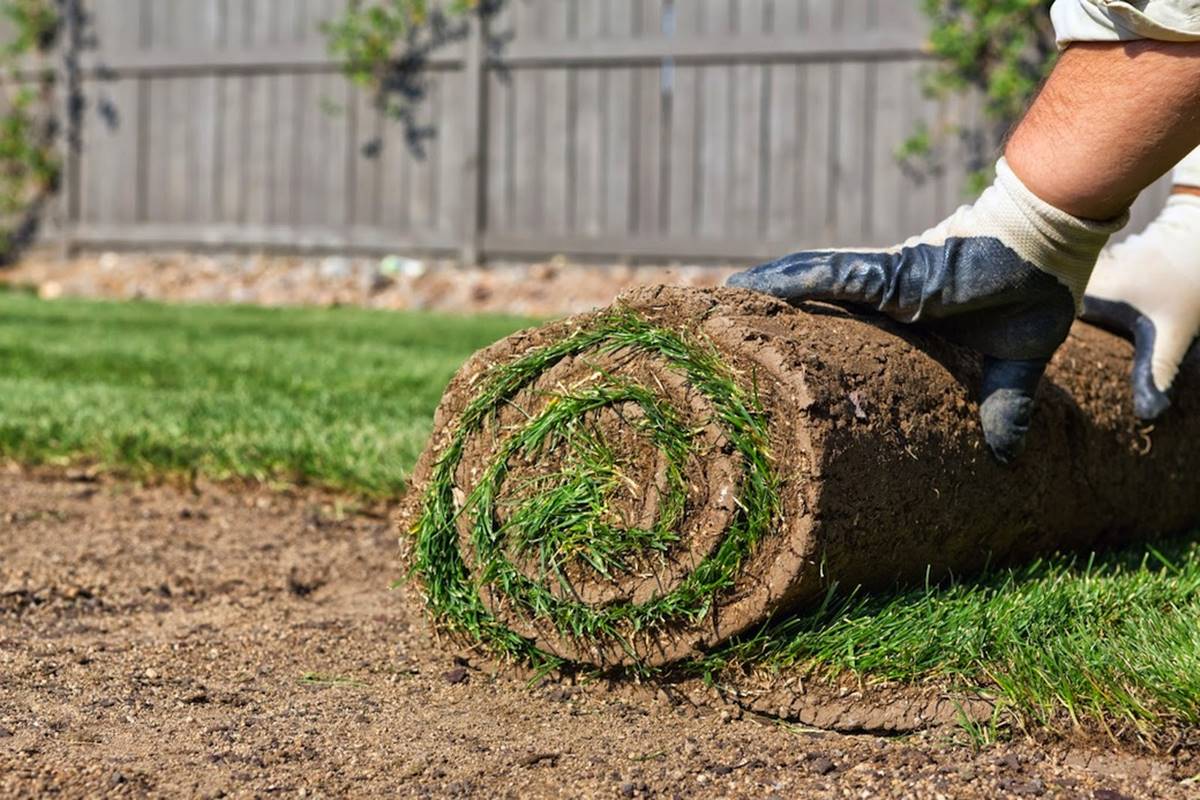
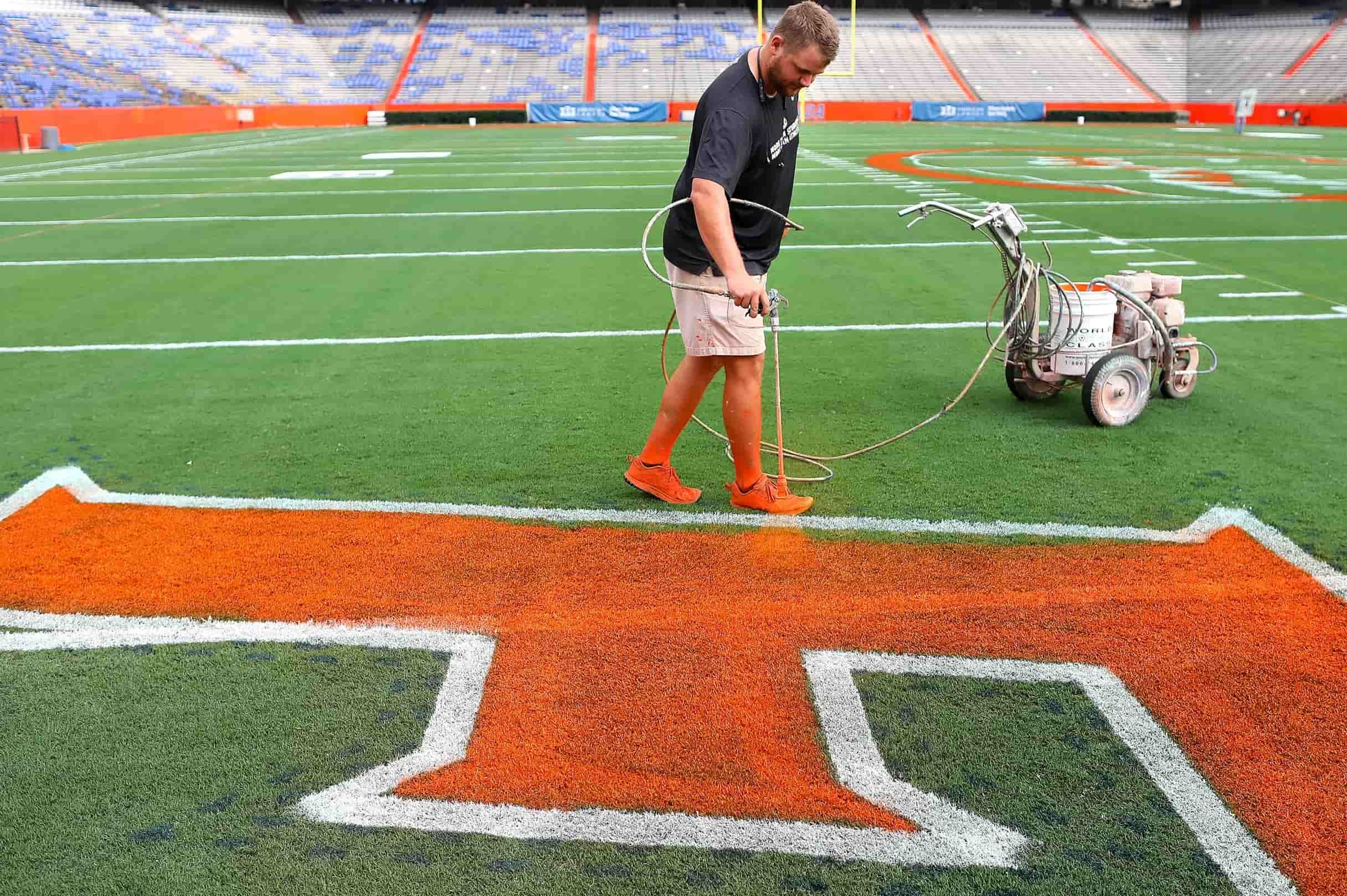
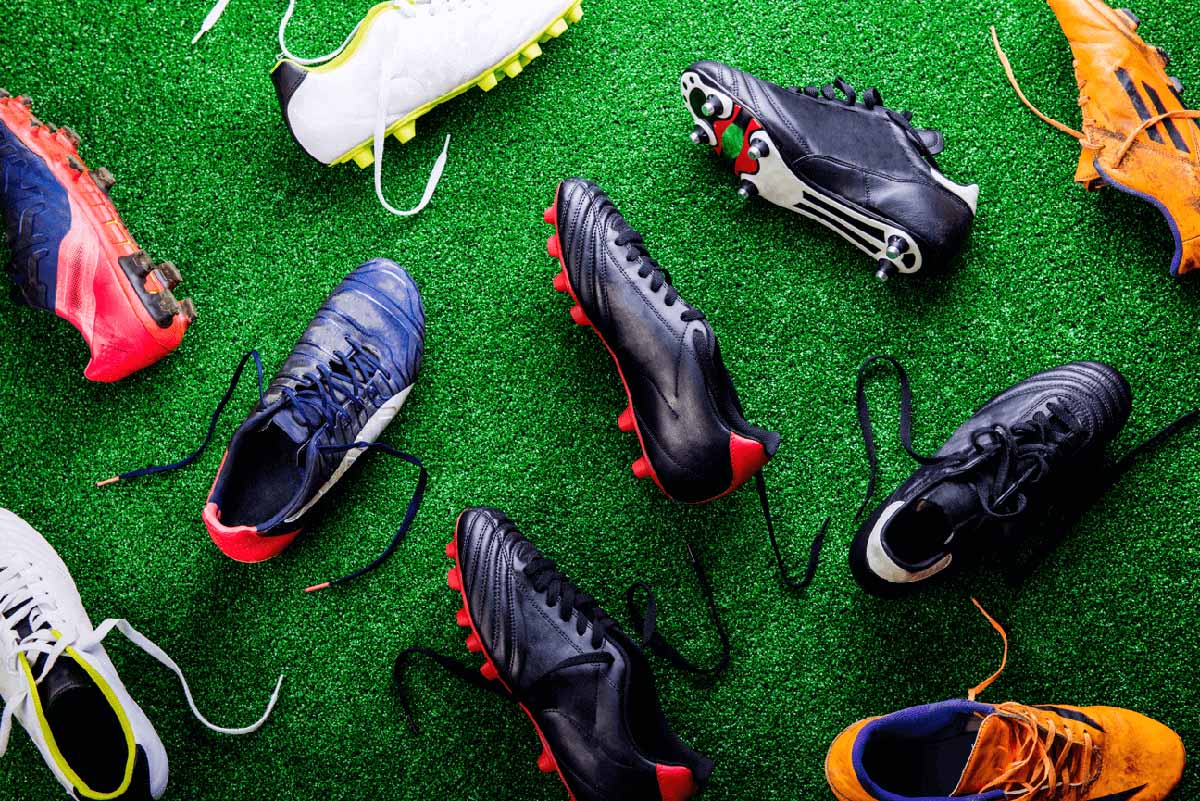
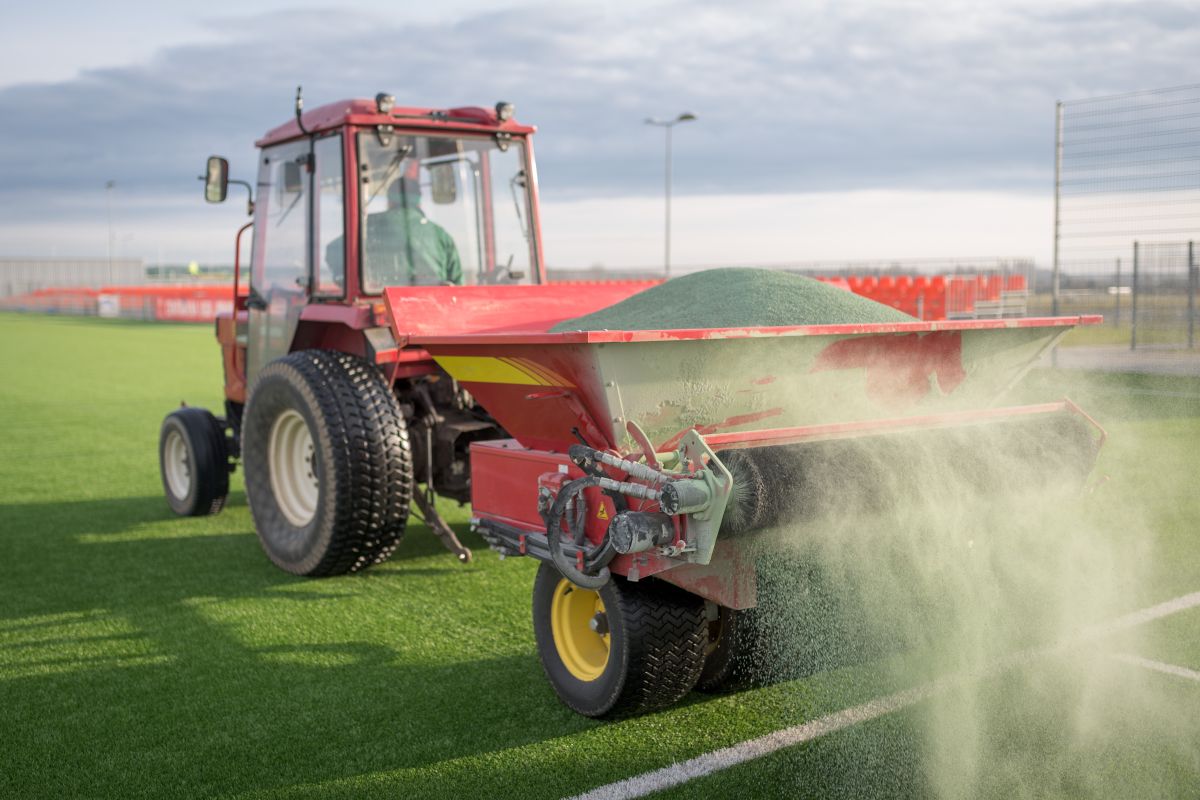
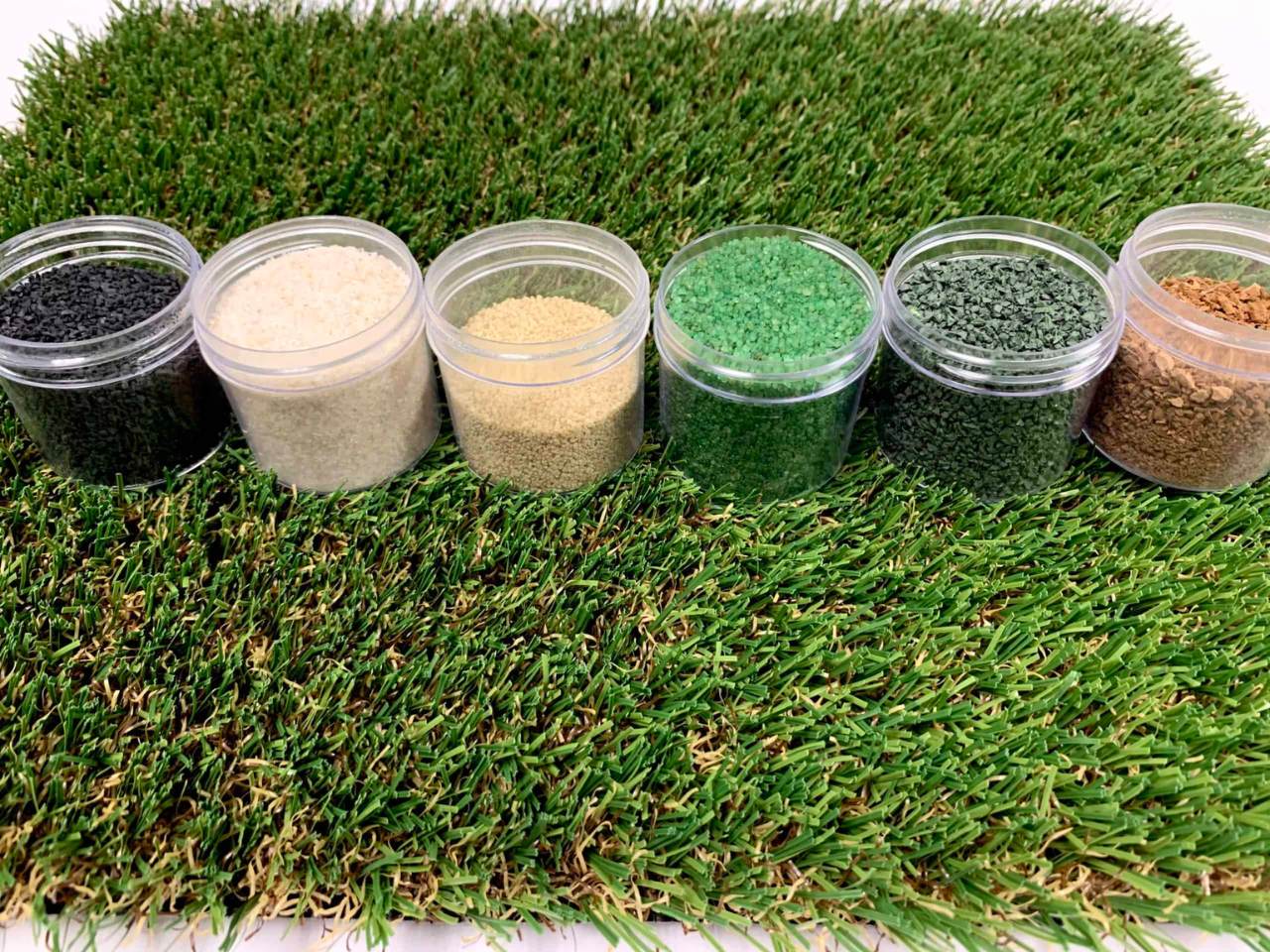
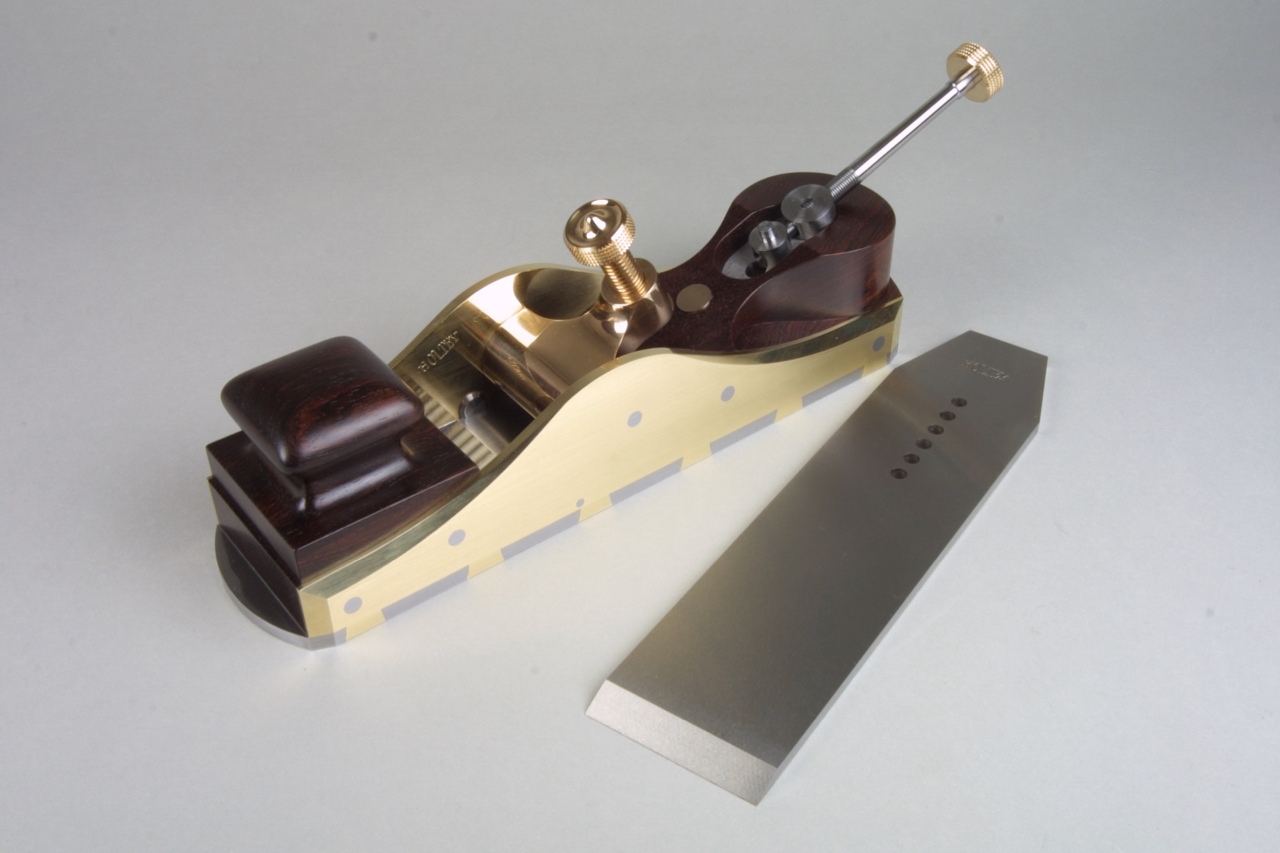
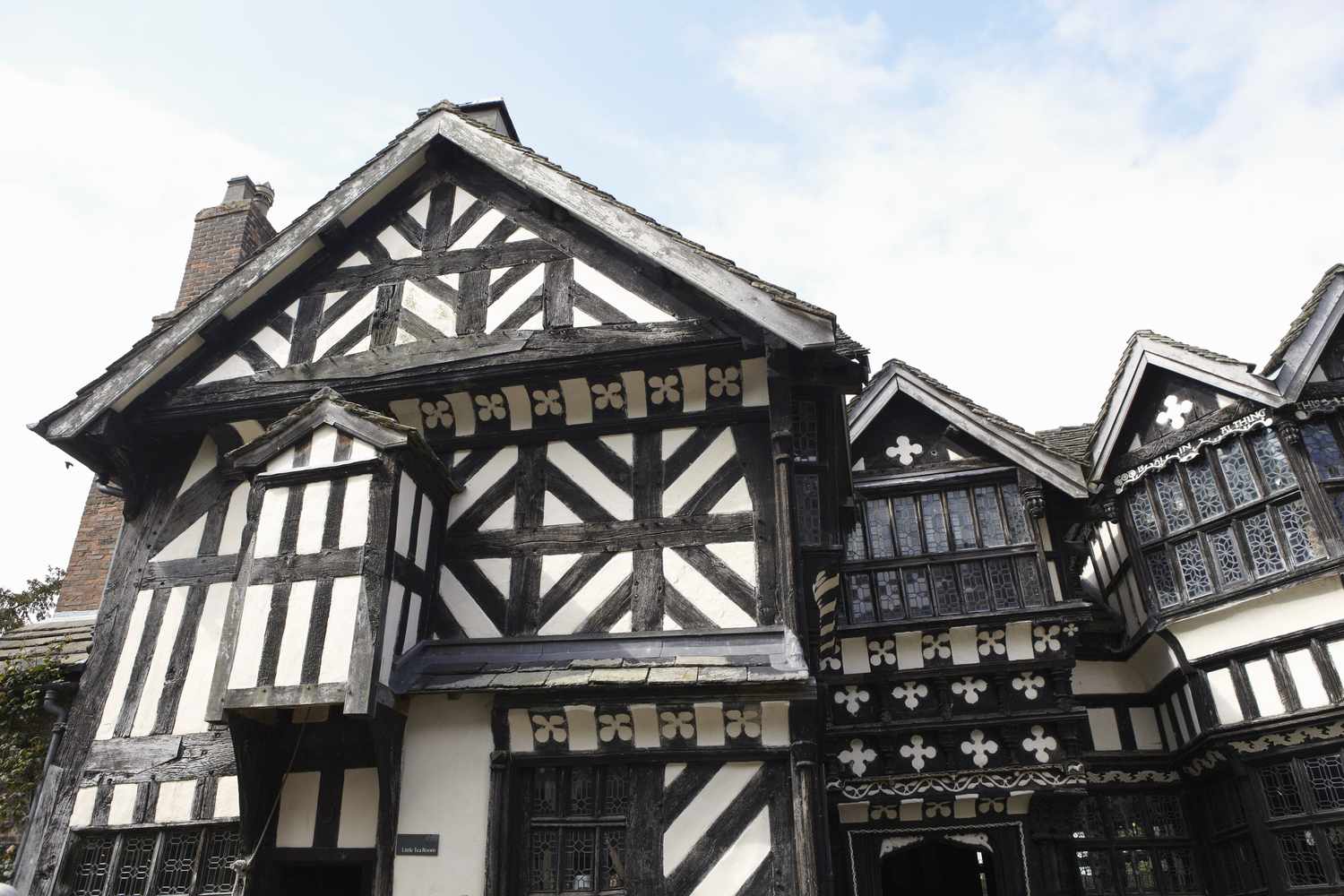
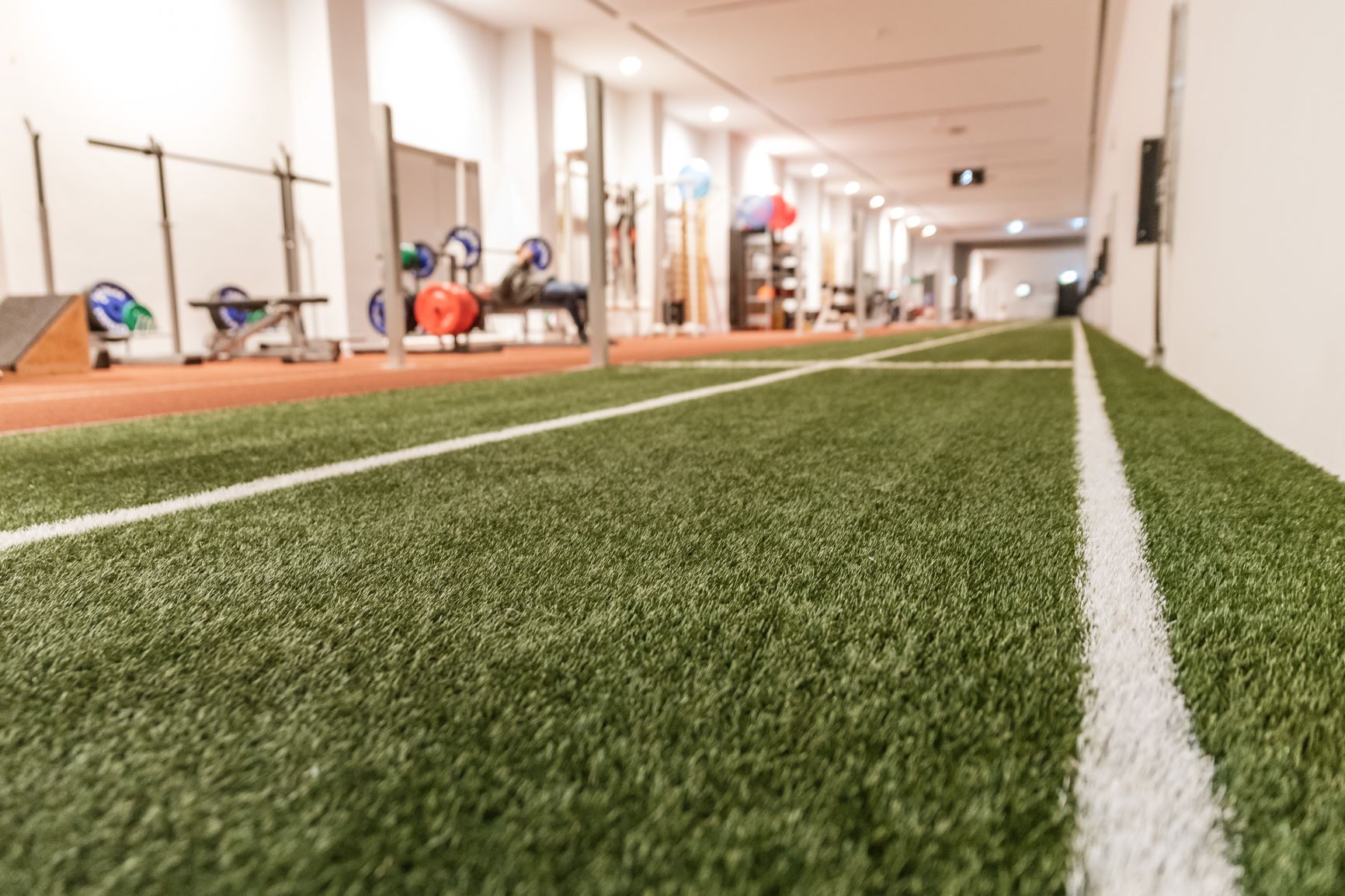
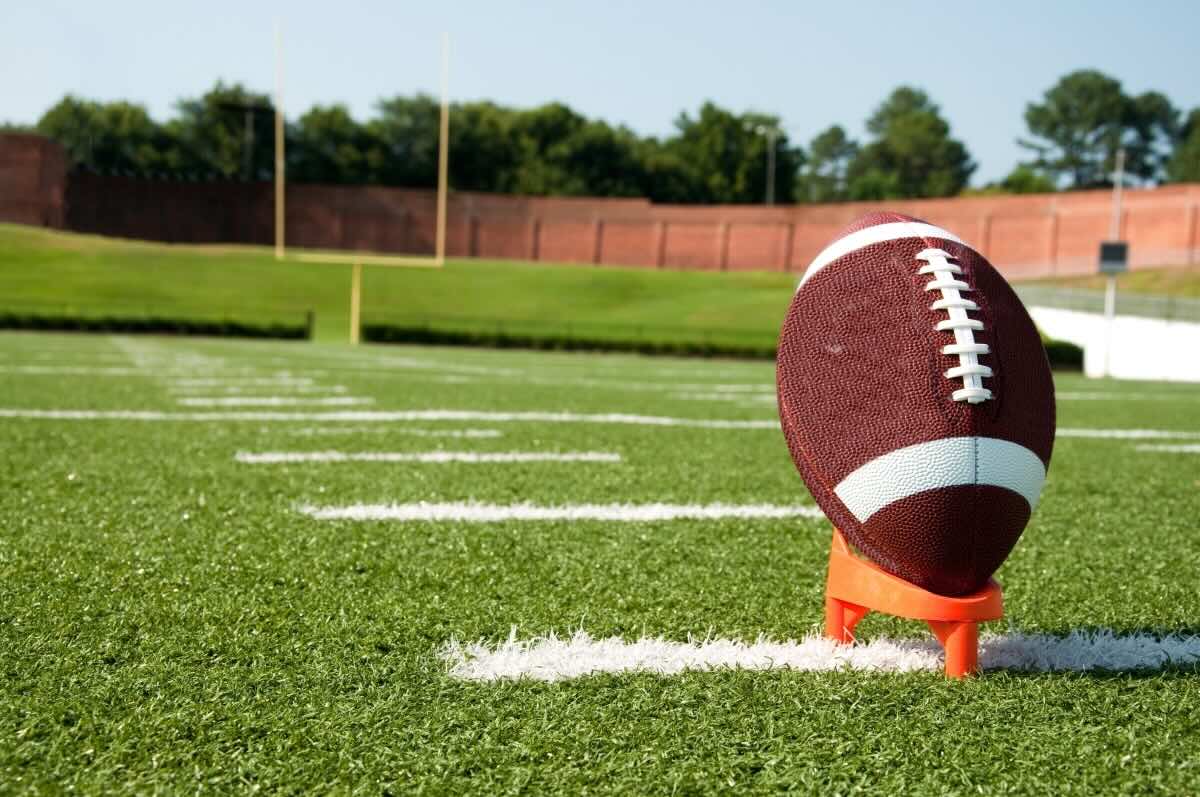
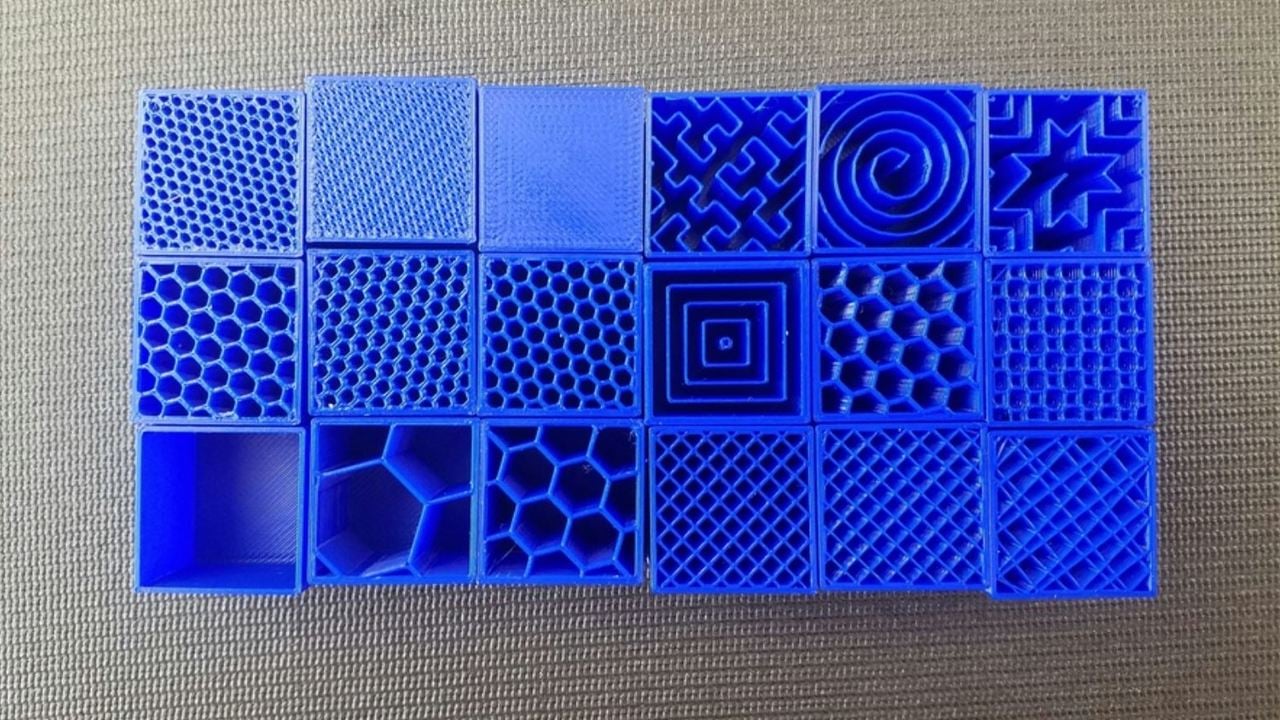
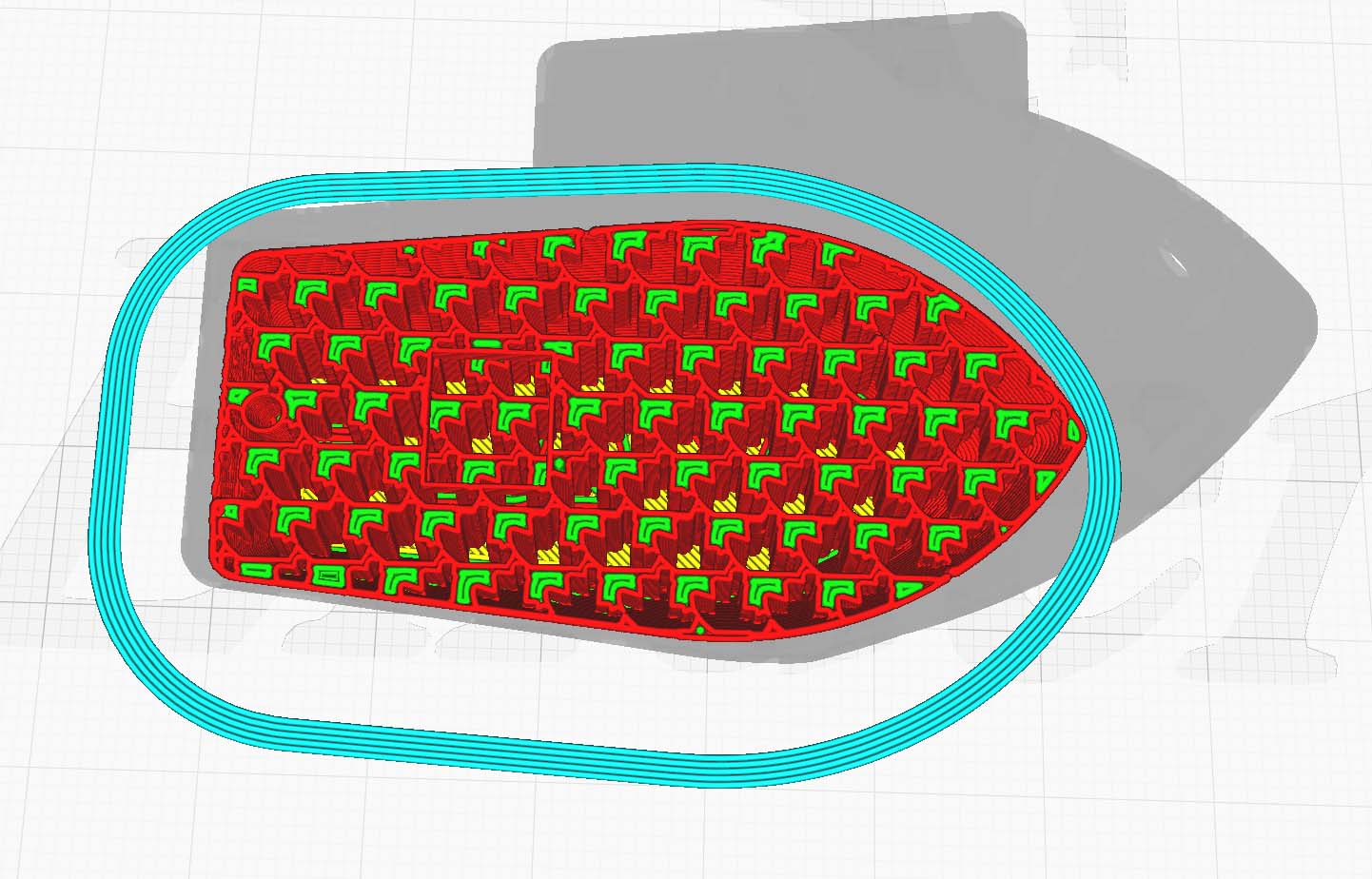
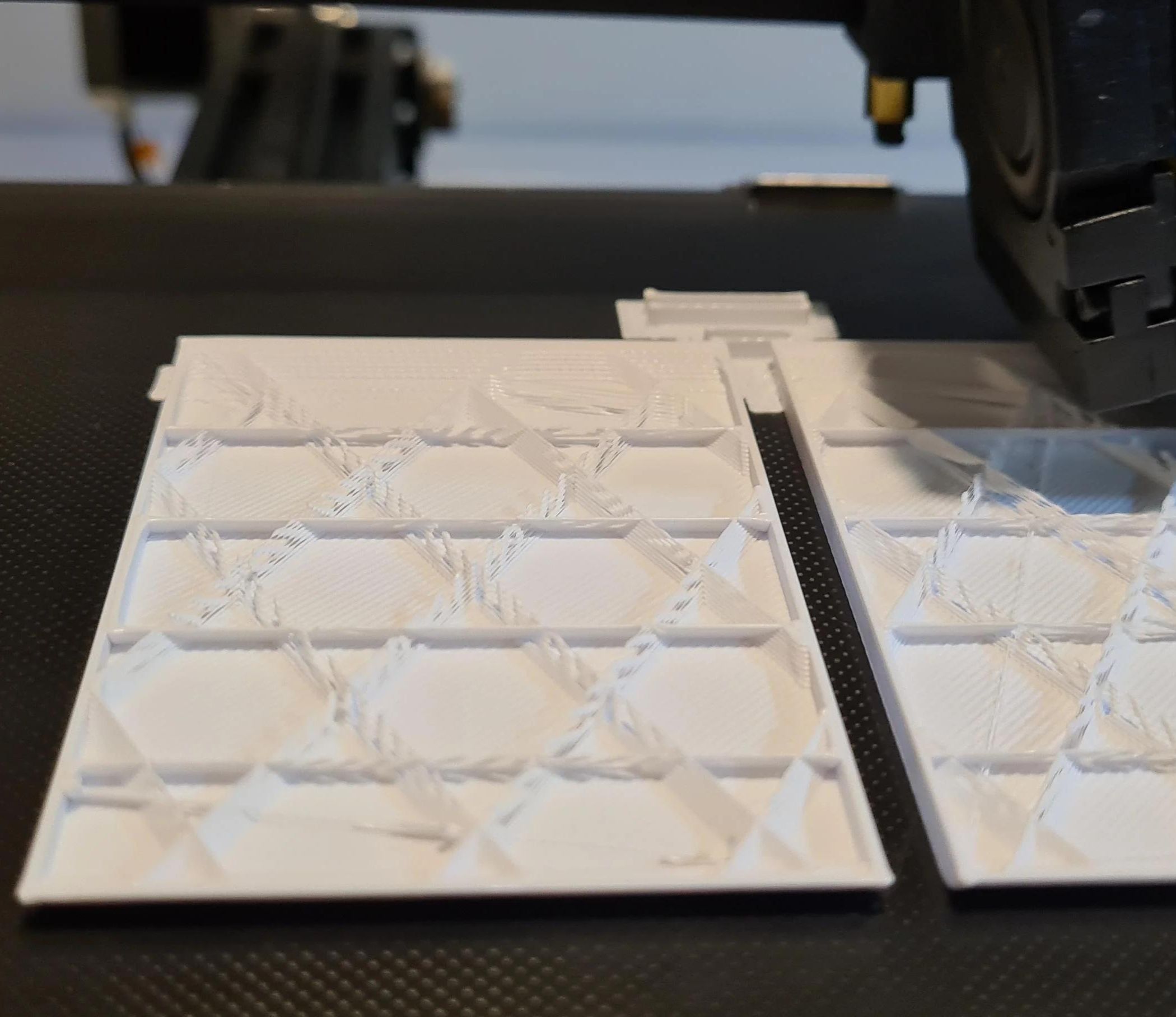
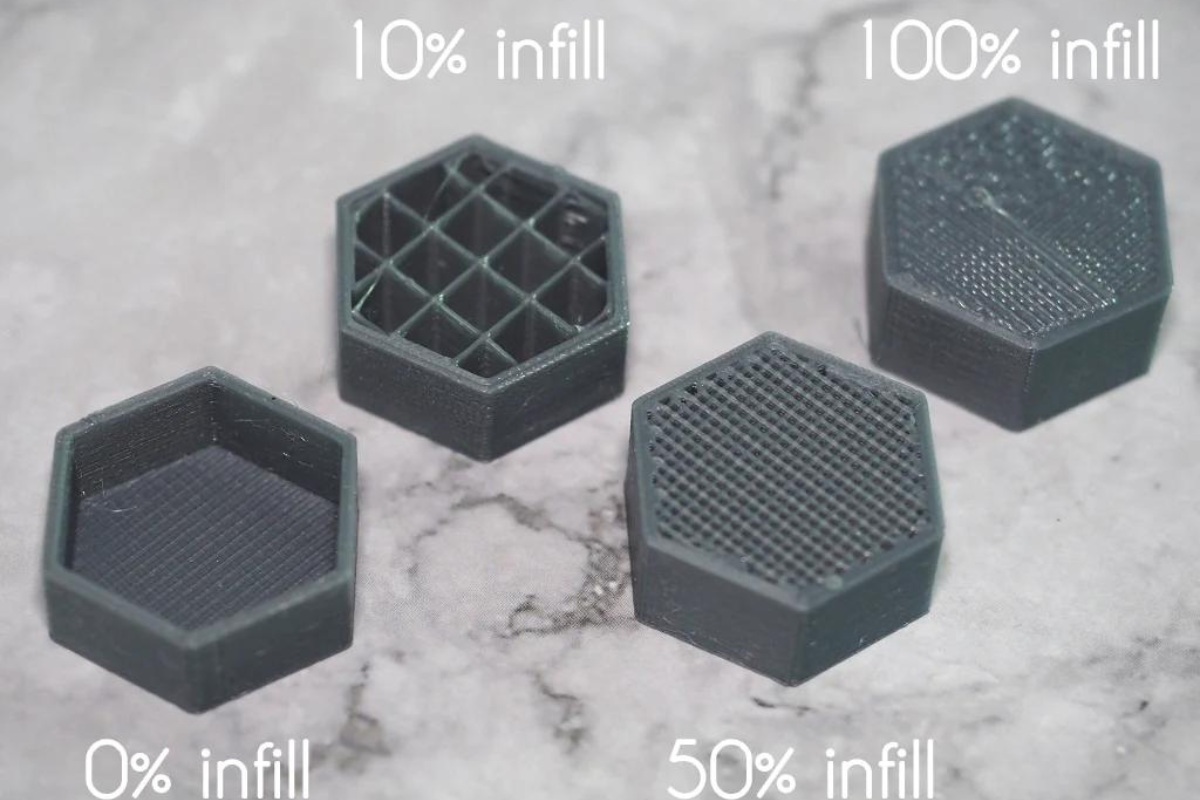

0 thoughts on “What Is The Infill Material Used In Artificial Turf Fields”